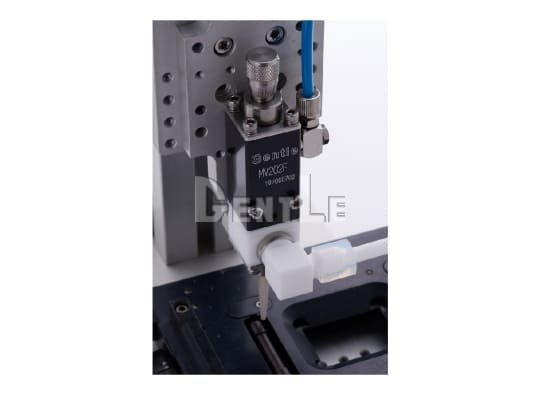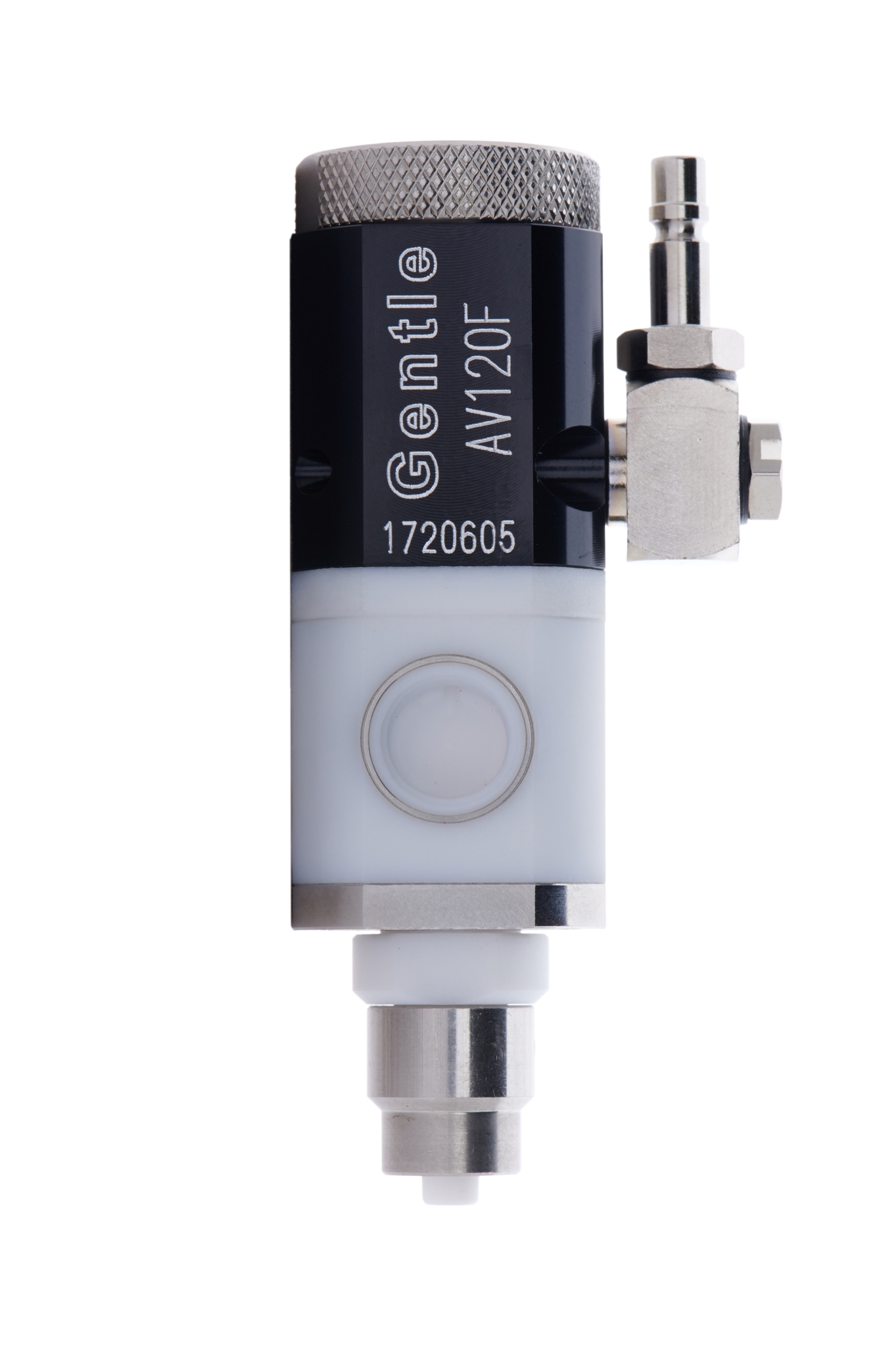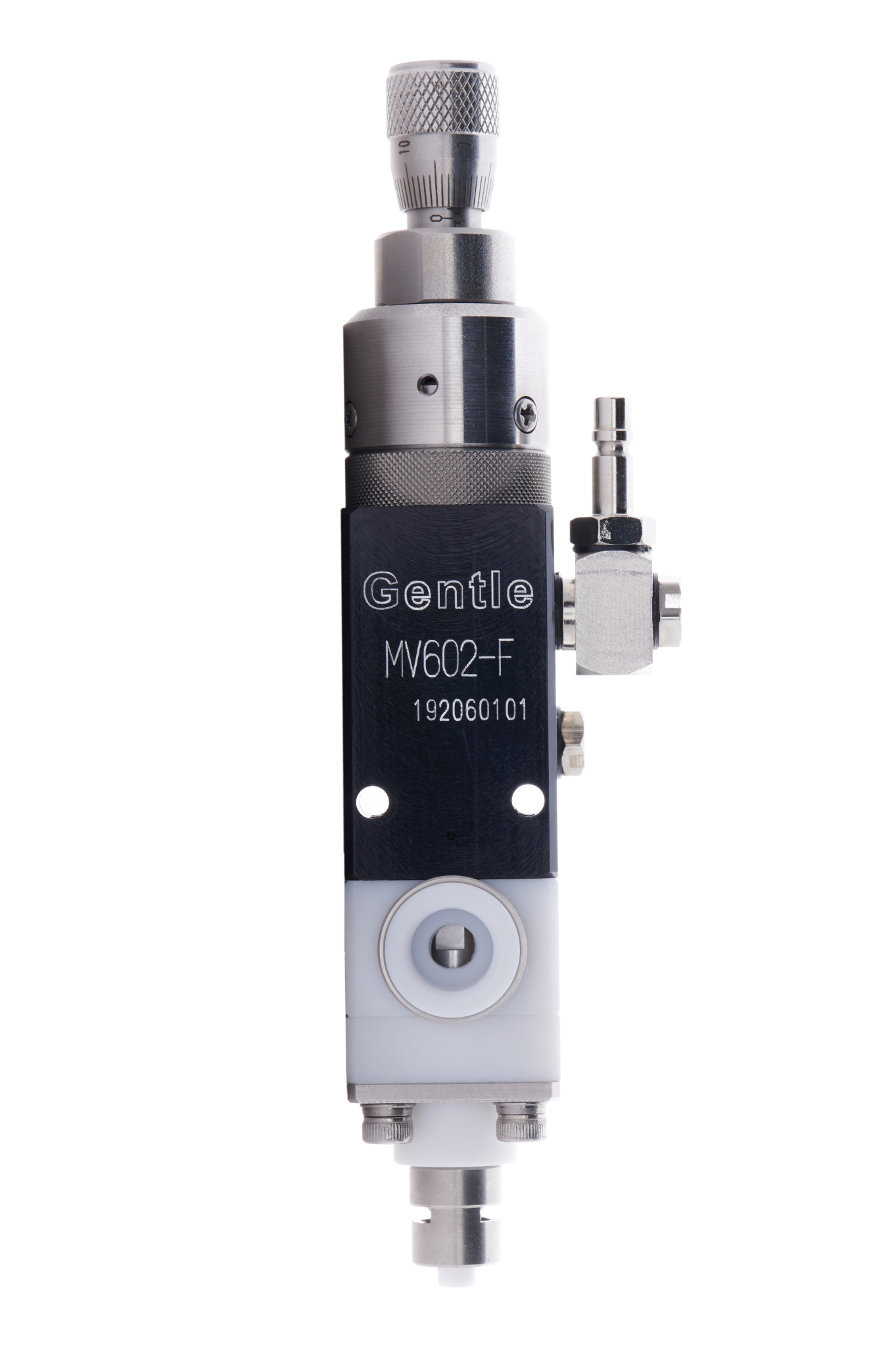What is Dispensing Encapsulation? A 3-Minute Guide to Types, Uses, and Benefits!
Ever wondered what dispensing encapsulation is and how it differs from traditional dispensing? This versatile technology is used across various industries, from automotive to electronics, medical devices to manufacturing. If you're not familiar with it, don't worry! In just 3 minutes, you'll learn all about the types, uses, and benefits of dispensing encapsulation. It's a key technology for enhancing your product's durability—understanding it will help you boost product performance and longevity!

Table of Contents
- 1. What is Dispensing Encapsulation?
- 2. How is Dispensing Encapsulation Applied Across Industries?
- 3. Common Materials for Dispensing Encapsulation and Their Pros & Cons
- 4. Dispensing Encapsulation vs. Other Methods: Which One Fits Your Needs?
- 5. Top GENTLE Dispensing Encapsulation Products
- 6. Conclusion: Boost Your Product's Durability with Dispensing Encapsulation
What is Dispensing Encapsulation?
Dispensing encapsulation is commonly used in the manufacturing of electronic components, circuit boards, and other electronic products. This process involves applying adhesive materials evenly to specific areas using dispensing machines or valves. The goal is to fully coat the components, providing protection against extreme environmental conditions such as temperature and humidity, improving insulation, moisture resistance, and stability. This results in longer product lifespans and enhanced protection for sensitive parts.
How is Dispensing Encapsulation Applied Across Industries?
Dispensing encapsulation is widely used to improve the durability of delicate electronic components. It is most commonly applied in the following industries:
1. Electronics:
Dispensing encapsulation is essential for protecting electronic parts like circuit boards and components. It serves as insulation, moisture protection, and durability enhancement, ensuring your products are long-lasting.
2. Automotive Electronics:
Given the vibrations and temperature fluctuations that automotive electronics are exposed to, dispensing encapsulation helps secure and protect these components, allowing them to function reliably in extreme conditions.
3. LED Manufacturing:
LED lighting products face constant temperature shifts and exposure to intense light. Dispensing encapsulation helps protect LEDs, improving product stability and lifespan, while enhancing their overall performance.
4. Solar Panels:
In the solar industry, dispensing encapsulation protects vital components in solar panels, ensuring they continue to perform effectively in harsh weather conditions, such as strong sunlight, high temperatures, and storms, thus extending their lifespan.
5. Medical Devices:
For medical devices that are exposed to moisture or harsh cleaning chemicals, dispensing encapsulation offers vital protection. It ensures waterproofing, insulation, and secure fixation of critical components, maintaining the equipment's reliability and functionality.
Common Materials for Dispensing Encapsulation and Their Pros & Cons
- Epoxy Resin: Perfect for components requiring high hardness protection. It cures naturally or with heat to create a strong, durable layer.
- Thermosetting Adhesives: These adhesives cure when heated and form a rigid structure, making them ideal for applications needing heat-curing protection.
- Silicone: A flexible, weather-resistant adhesive that's great for applications needing elasticity and cushioning, which improves the product's longevity.
- Polyurethane: Known for its flexibility and chemical resistance, ideal for environments requiring corrosion resistance or protection in extreme conditions.
Dispensing Encapsulation vs. Other Methods: Which One Fits Your Needs?
Here's a quick comparison of dispensing encapsulation with other popular techniques like spray dispensing and seal coating to help you make the best choice for your application:
| Dispensing Method | Dispensing Encapsulation | Spray Dispensing | Seal Coating |
| Main Purpose | Strengthens components by improving resistance to shock, vibration, and environmental exposure, while also improving insulation and waterproofing. | Primarily used for applying a thin protective coating (25-300μm thick) for moisture, dust, and waterproofing. | Used for sealing and waterproofing, protecting components from dust and moisture, and preventing damage. |
| Common Applications | LED lighting, automotive lights, underfill | Three-proofing coatings, circuit board protection, outdoor products | Waterproof silicone frames, solder paste frames, LCD frames |
Top GENTLE Dispensing Encapsulation Products
For applications that require enhanced protection of delicate components, GENTLE offers a variety of dispensing valves designed to work with special adhesive materials:
1. Teflon Diaphragm Valve (GENTLE_AV120-F)
- Perfect for low-viscosity liquids, this valve is ideal for photoresists and chemical agents, providing excellent resistance to UV light and chemicals.

GENTLE_AV120-F Teflon Diaphragm Valve
2. Needle Valve (GENTLE_AV502-S)
- A precise dispensing valve for solder paste, epoxy resin, UV adhesive, and fillers, making it the perfect choice for applications requiring exact dosage.

3. Fine-Tuned Poppet Valve (GENTLE_MV602-F)
- Featuring a unique design that isolates material and air systems, this valve is perfect for rubber adhesives and applications requiring no leakage, especially in extreme environments.

GENTLE_MV602-F Fine-Tuned Poppet Valve
Conclusion: Boost Your Product's Durability with Dispensing Encapsulation
To get the most out of dispensing encapsulation, it's essential to choose the right equipment, needle, and adhesive materials. GENTLE's high-quality dispensing products, made in Taiwan, are designed to optimize your manufacturing processes while reducing production costs. With over 30 years of experience, we provide professional consultation services to help you select the best solutions for your needs.
Further Reading:
What is Dispensing Technology? Why It's Essential in Modern Manufacturing
How to Use a Dispensing Machine? Key Tips, Sequence, and Precautions!